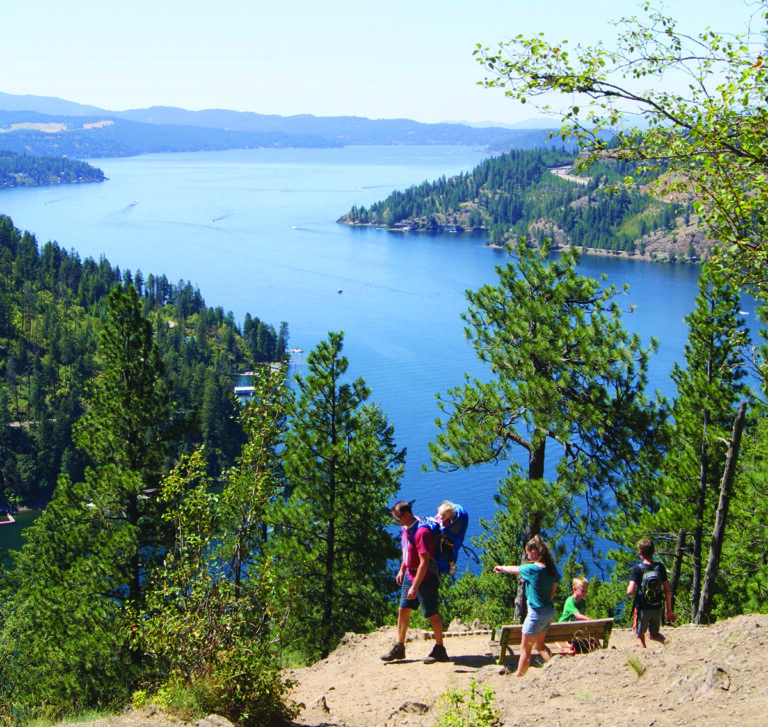Here’s a modest suggestion: communities that want to be more bicycle and pedestrian friendly need to ask “What happened?” when someone biking or walking is killed in a collision with a motor vehicle. Bike and pedestrian fatalities aren’t generally front-page news. They generally aren’t second, third, or fourth page news. Motor vehicle to motor vehicle collisions almost always get more attention and seem to have more information on who was at fault and why. At Out There Monthly we have looked into a few of these incidents over the past five years (this month marks our 5-year anniversary—thank you very much) always hoping to learn information that might help drivers and non-drivers avoid such incidents. But why do folks seem less interested in knowing the facts, or creating a public outcry, when a cyclist or pedestrian is killed?
I think it’s because most of us drive much more than we bike or walk. When we hear that a car killed someone who wasn’t driving our empathy instinctually goes to the driver. What’s worse? Getting killed by a car? Or knowing that your negligence in driving a car led to someone’s death? That poor driver must feel terrible. I’ll bet they do. But the driver is still alive.
This leads to blaming the victim in bicycle and pedestrian deaths. If you don’t believe me read the online comments section of any news report in the Seattle Times on a bicycle or pedestrian death. The nasty rhetoric readers can spew against the recently deceased—cyclists especially—is astounding.
About two years ago a woman named Dorothy was killed by a car crossing the street near Sprague and Perry, just a few blocks from the Out There Monthly office. Every day I ride my bike past a little wooden cross with her name on it on my way to work. I didn’t know Dorothy, and I don’t know exactly how she died. There was almost nothing in the news.
I did know Mary Vedder. Mary was a manager at the downtown Fedex Kinkos. I only knew her as a customer. She was one of those service industry folks that you cherish. She made sure my work was done correctly, on time and always remembered my name. She made me feel as if my $10 print job was just as import as a $1,000 order. She was friendly, genuine, and I looked forward to taking my business to her.
Mary was hit by a pick-up truck turning left on to Post from First Avenue in downtown Spokane on the morning of July 2. She died in the hospital the next day. Spokane Police Corporal Dave Adams said he couldn’t discuss the outcome of the case with me but did say that Mary was crossing in the crosswalk with the green light. “There is really nothing else Mary could have done differently,” says Corporal Adams.
Adams has investigated five auto/pedestrian deaths in the last two years. “Very rarely do we have causality on the pedestrian—it’s almost always the responsibility of the driver,” says Adams. He believes that the 30-mile per hour speed limit downtown is too high. “Washington state law says business districts should be 20 miles per hour.”
We need to encourage more people to walk and bike in this town. When more people walk and bike drivers become more aware of them and less likely to cause accidents. Sounds backward, but evidence shows it actually works. There’s safety in numbers. Spokane is a great place to walk and bike but we can make it better. We owe it to Dorothy and Mary to ask “What happened?” and “What can we do to help improve bicycle and pedestrian safety?”












